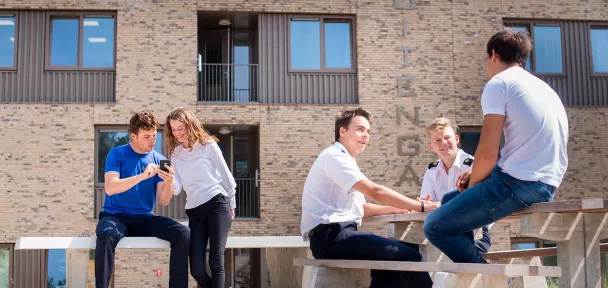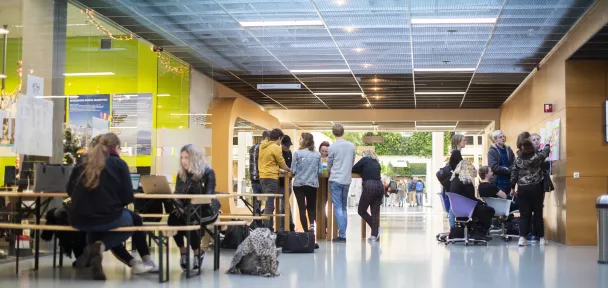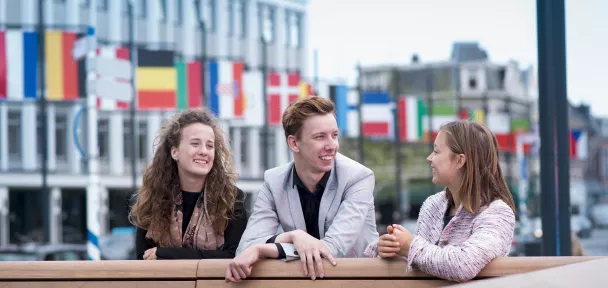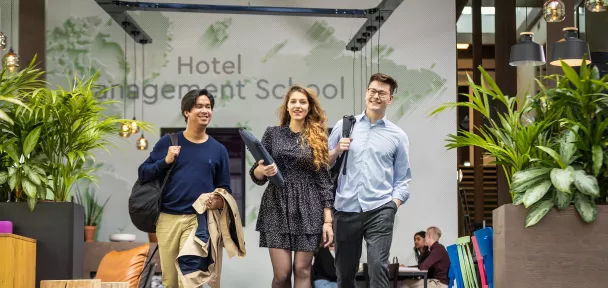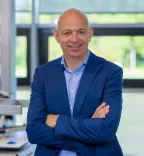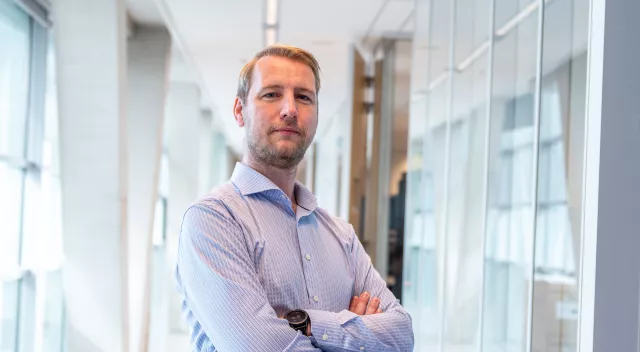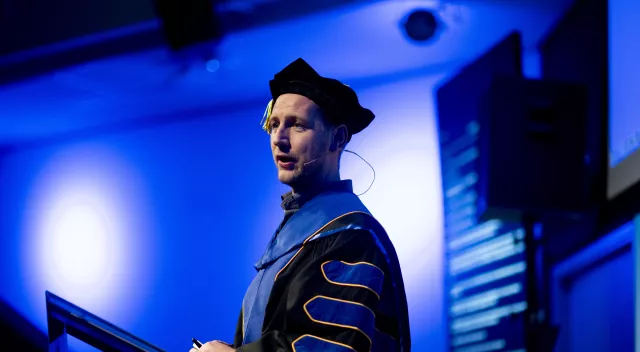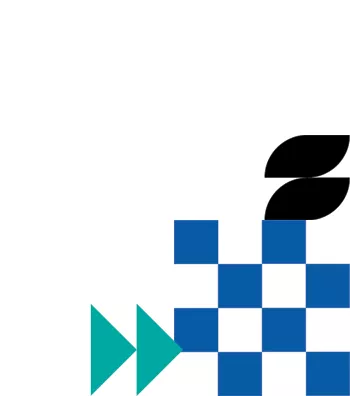
Computer Vision & Data Science
Computer vision revolves around the visual perception of the world through the use of image processing algorithms. Typically, the goal is to automatically analyze properties of objects in a wide variety of contexts. This enabling technology has many applications: disease and insect classification in agriculture, bacterial colony counting in water samples, optically measuring blood flow during surgery, recognizing polymer types using hyper-spectral camera technology, detecting anomalies in x-ray images, analyzing behavior of traffic to improve safety, which are just a few examples of the exciting applications the professorship Computer Vision & Data Science (CV&DS) worked on.
Recent advancements in artificial intelligence (AI) show that learning from data achieves groundbreaking results on almost all applications, particularly in notoriously difficult fields like computer vision, natural language processing and audio processing. The main ingredients needed for the successful application of AI are models, data, human resources and a lot of computing power.
Research assignment
The professorship CV&DS is at the forefront of applied research in its field. With over two decades of experience in helping companies integrate image processing and AI into their organizations, we continue to follow our main mission:
“To share and broaden the collective knowledge on Artificial Intelligence and Computer Vision through cutting-edge applied research by solving real-life challenges in a team of students, teacher-researchers and companies.”
Research focus
A strong trend in computer science that extends to the field of artificial intelligence is Moore’s law, which states that the number of transistors in a microchip doubles every two years. From this it can be inferred that the cost for computing power decreases and, because current AI advancements rely heavily on the available processing power this causes AI to rapidly advance with it.
Since the inception of computing, this trend has caused a shift in how we approach practical problems. Where in the past, technical solutions were sought in logically defining solutions by programming and rule-based systems, nowadays, the problems are described in the form of annotated data and exemplar images or written natural language from which the AI system learns or on which the AI acts.
Research lines
Innovative education
The professorship Computer Vision & Data Science implements the Design Based Education (DBE) educational concept. Students, teacher-researchers and companies work together on real-life projects in a complex and international context. This creates an inspiring environment which promotes intrinsic motivation and thereby achieves added value for all stakeholders. The roles are tuned to optimize learning for everyone, while at the same time be goal-oriented so that the outcome of a project is of real value.
Cutting-edge projects
A few example projects showcase the activities of the professorship. They are closely chosen to showcase the research focus and the research lines.
Use AI to automatically detect behavior of traffic participants.
This information serves to improve decision making to optimize
traffic safety.
Detect the corrosion of metal in ships.
Detect contraband in x-ray images.
Detect and measure apples in orchards.
Detect the potato-Y virus infection using AI.
Detect Aphids in real-time.
I’M A.I.
AI for everyone
I'M A.I. is an initiative of NHL Stenden to bring together AI technology and AI applications. It is built from the strong and established foundation of computer vision & data science. The mission of I'M A.I.: to share, broaden and deepen joint knowledge on artificial intelligence. In I'M A.I., the four main components contribute to the ambition of making AI available to all: Research Community, Leaning Community, Business Community and Experience Centre.
Contact
NHL Stenden University of Applied Sciences
Academy Technology & Innovation
Professorship Computer Vision & Data Science
E-mail: cvds@nhlstenden.com
LinkedIn: www.linkedin.com/computer-vision-data-science
Team

Sjors Weggeman

